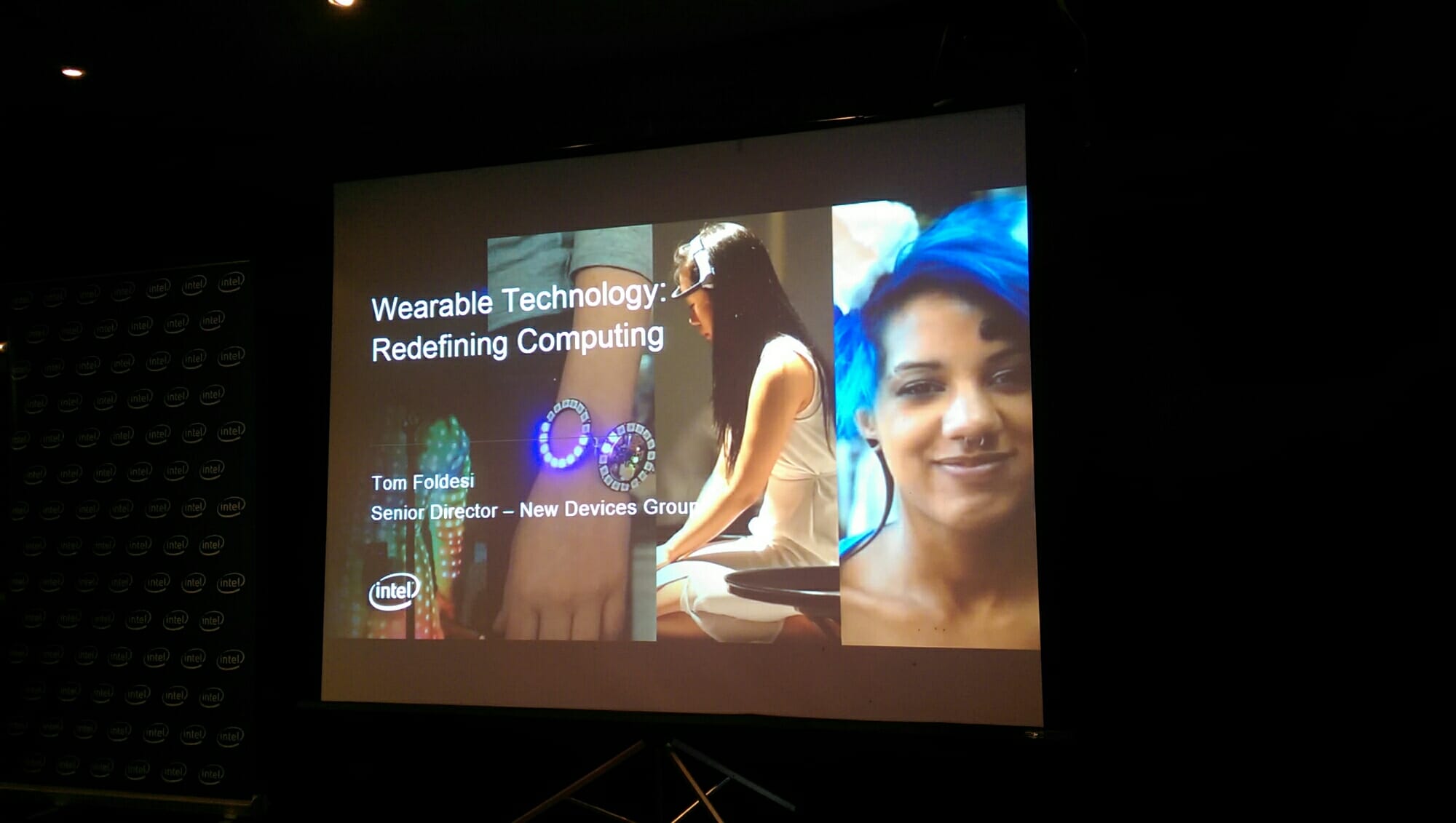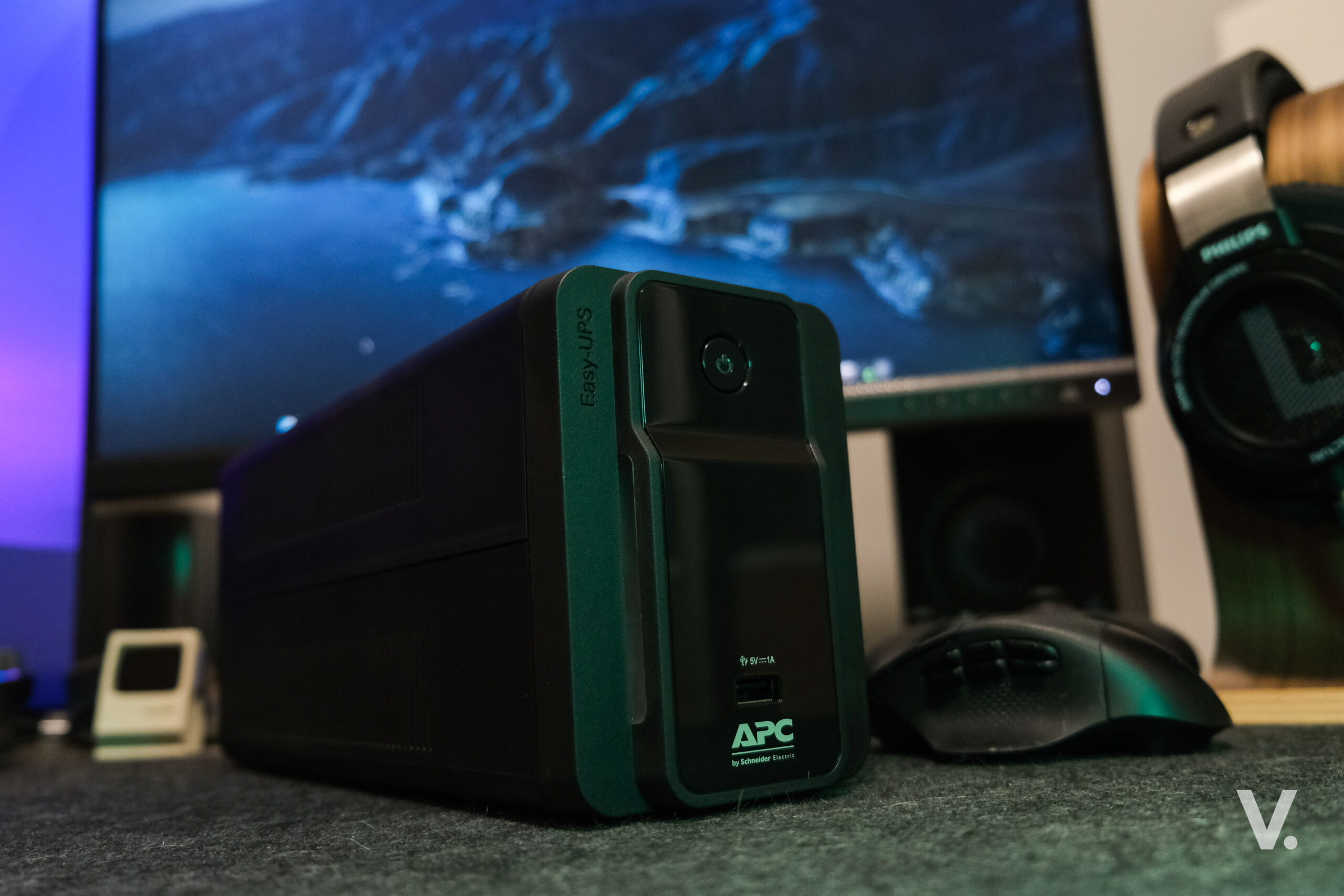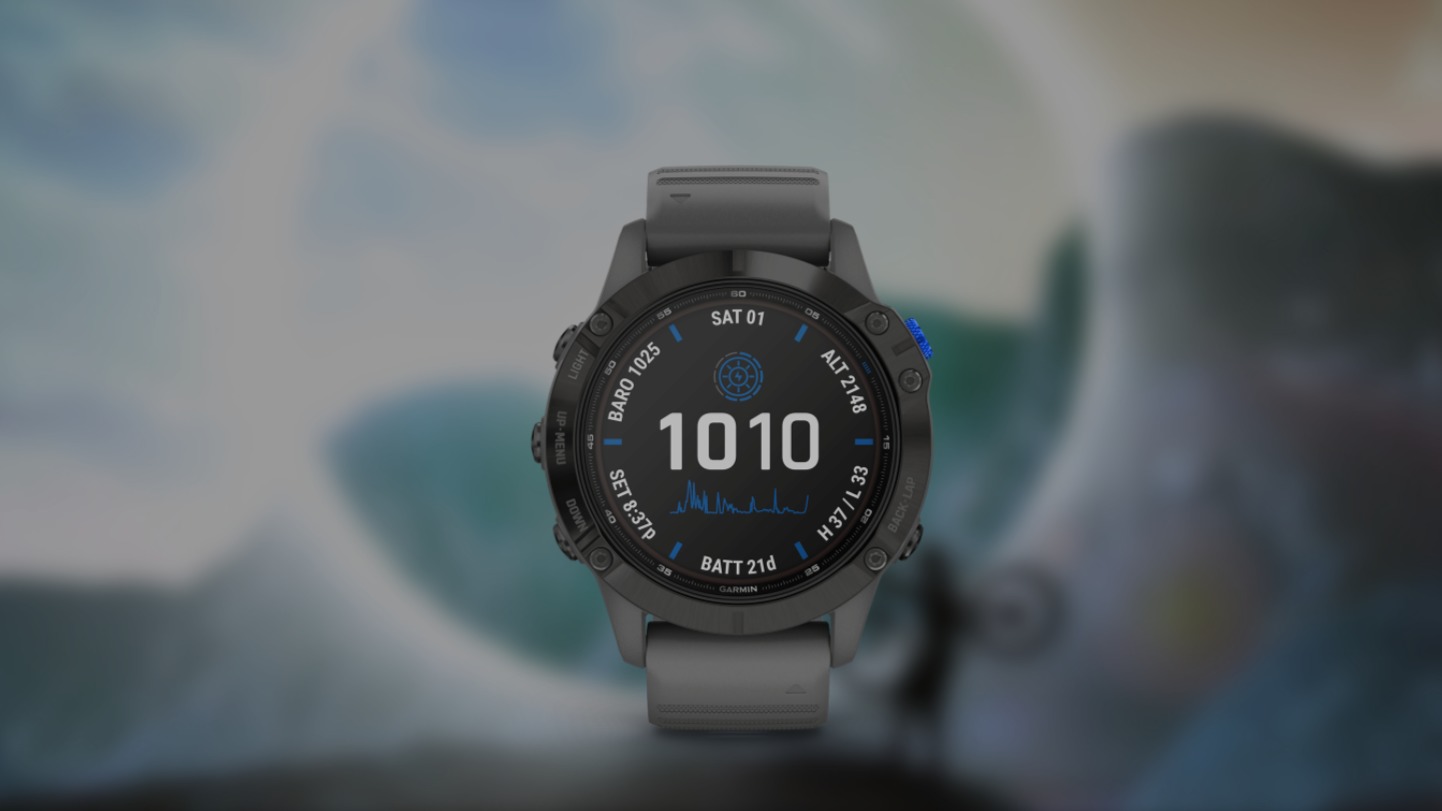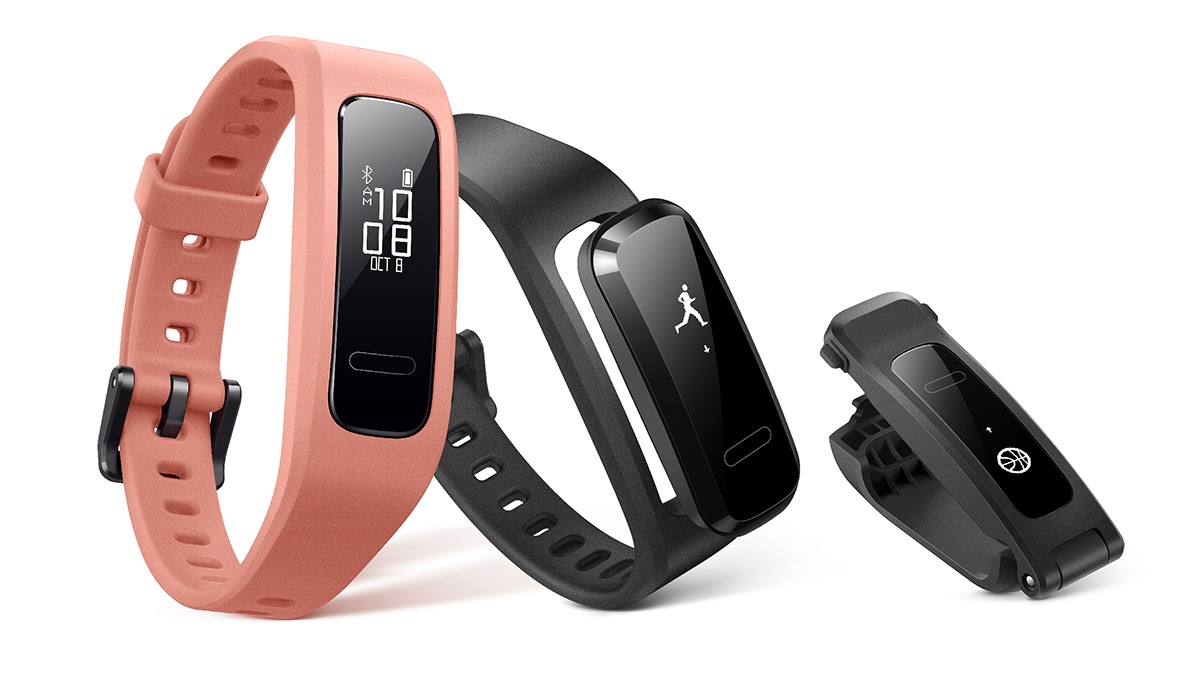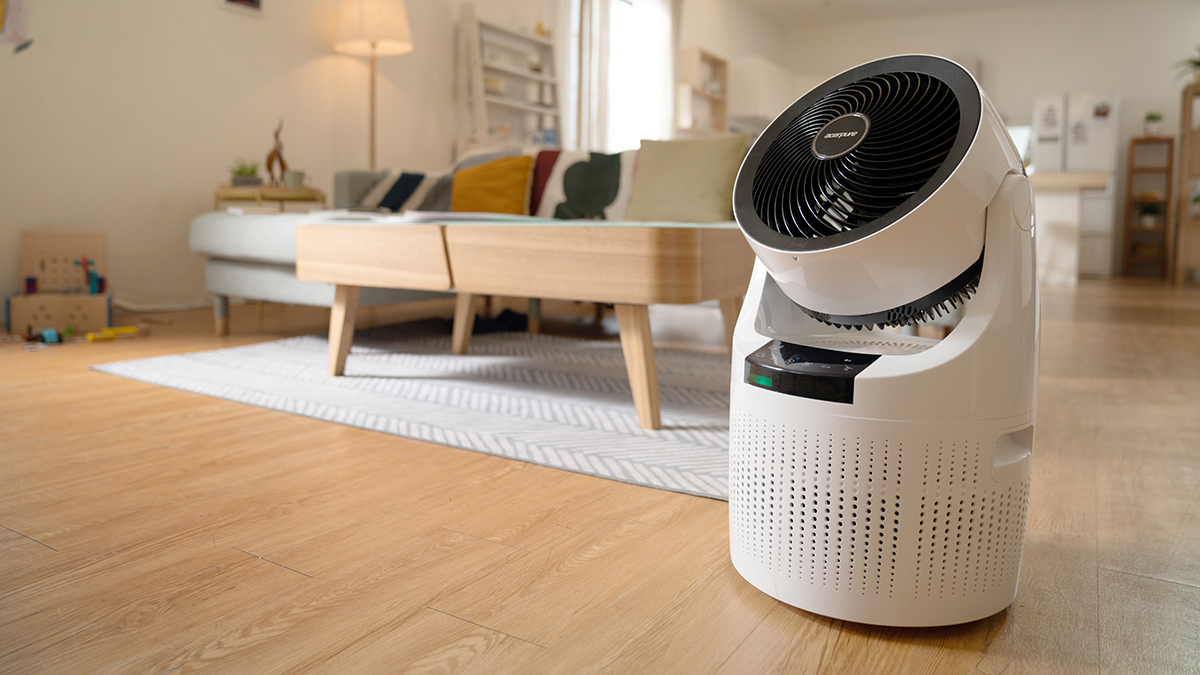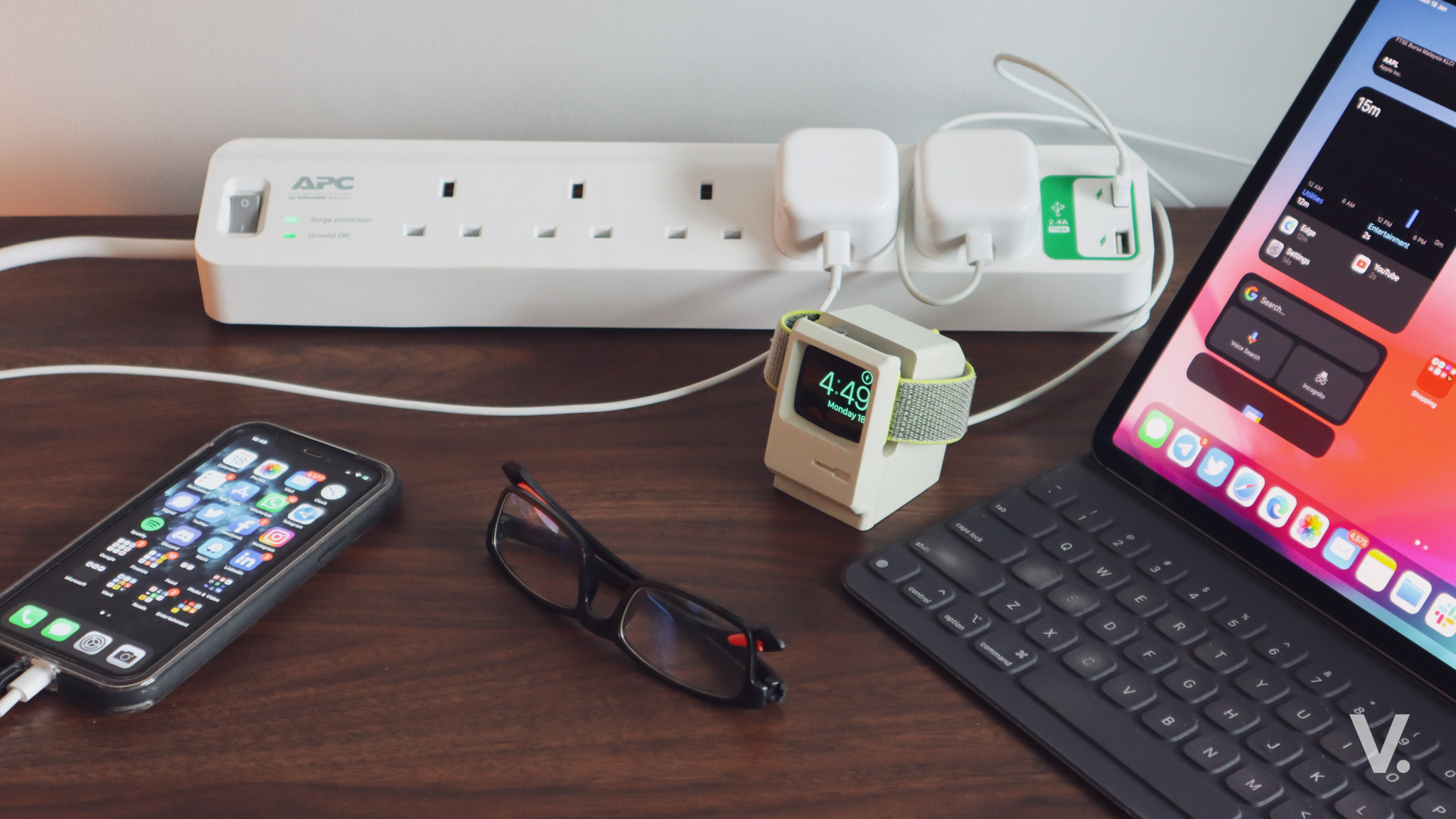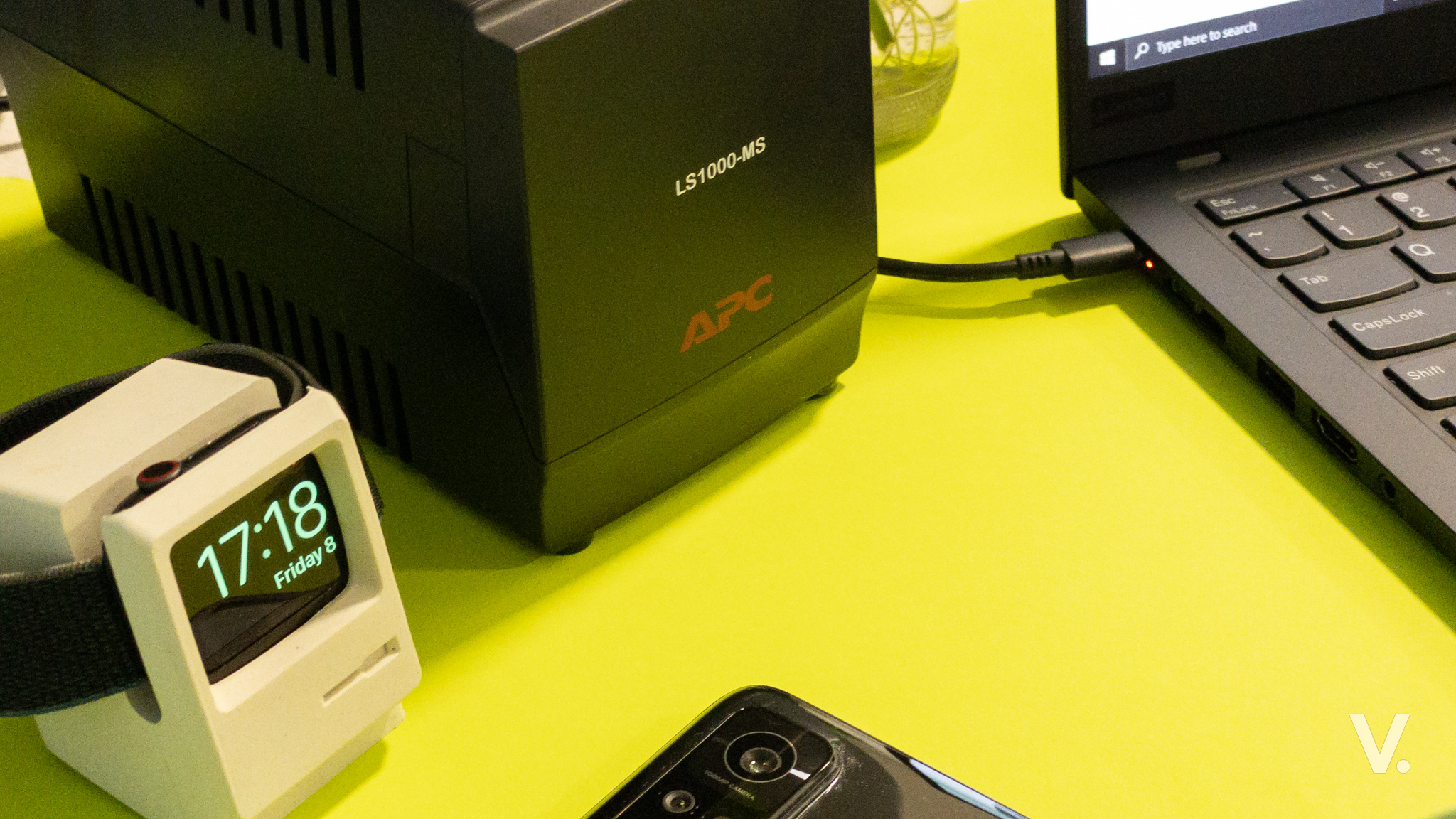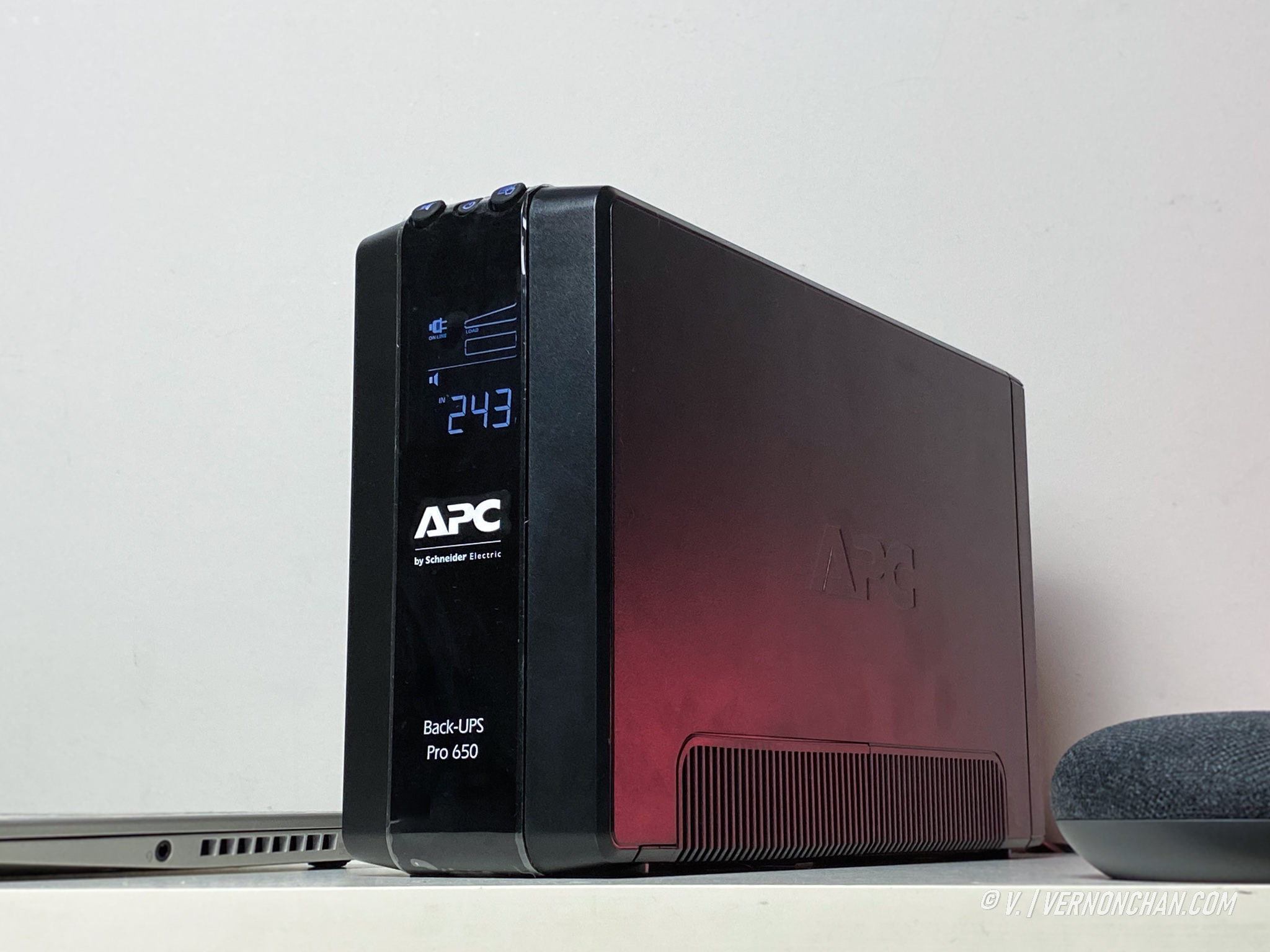At a media roundtable session earlier today at Computex 2014, Intel gave a high-level update on its endeavours in the emerging wearable technology market. Tom Foldesi, Senior Director, New Devices Group, began by highlighting three key updates on Intel’s wearable journey.
Introducing the Intel New Device Group
Formed approximately a year ago, the Intel New Device Group is focused on wearable technology and wearable devices. The group is responsible for making ground breaking reference devices for customers – either in whole or architecting certain components or IP. The group is also developing a customised silicone roadmap for some of the wearable usage models.
“Intel went through a very senior level leadership transition in May last year. Through the org [sic] change, was where the New Devices Group came to existence. It was created in recognition of the tremendous market opportunity the wearable market represents. We truly think we’re on the crux of another revolution in computing. This is going to be a very different experience from the PC or tablet space,” explained Tom Foldesi.
Intel knows that it needs the right team assembled to thrive in this space, thus has hired consumer product specialists including from Apple and Amazon. They’ve also hired people from Oakley and Nike, leaders in their respective lifestyle spaces. “It is very important that we get the user experience, the usage models, user interfaces just right. So we’re hiring for quality. We’ve brought in a very eclectic group of individuals to set the company up for success,” Foldesi continued.
The role of Intel in the wearable space
Intel’s bread and butter is silicone and its manufacturing capabilities are world-class. This is undisputed. When it comes to manufacturing, it’s all about miniturisation. To give you an idea, one of Intel’s first processors in 1971 had 2,300 transistors in an area of approximately 1sq cm. Today, an equivalent area of a head of a pin packs 1 billion transistors. This will only get smaller in time – miniturisation that makes wearable technology a reality.
Hello, Edison
At CES in January, Intel introduced a new full-fledged compute platform, no bigger than an SD card. Called Edison, the platform takes up a footprint of mere 2.5 x 3.5cm with a 4.5mm z-height. It packs a dual-core, 22Nm Intel Atom, 1GB RAM, 4GB eMMC storage, onboard Wi-Fi and Bluetooth low-energy and built-in antennae.
The platform, in an enhanced form with 70-pin and supporting up to 30 different I/O options, will be available later in the summer of this year. Building an ecosystem involves not just the products, but also the fact that innovation needs to be fostered to grow and drive the platform.
With that in mind, Intel announced the Make It Wearable challenge earlier this year. Make It Wearable is a global initiative by Intel to foster innovation and inspire ideas using wearable technology. More of this later.
Some guiding philosophies that drives the product development of wearables are outlined below: Unique tech: What Intel means with this is independent compute platforms that are not tied to a PC or phone platform. Thus, it doesn’t necessarily mean a miniturisation of a PC platform.

Improve lives
What’s important about wearable tech is that it needs to solve a practical problem and be of value to people in their daily lives. An example is Rest Device’s Mimo Baby product that uses Intel Edison. The girdle interacts with a network of sensors used to monitor temperature, breathing, whether or not the baby is awake and etc.
Fashionable and personal style
One of the most important aspects of wearable tech as it is a representation of a person. An example of this is the Mood Sweater, that is embedded with numerous sensors to detect changes in a person’s mood.
Leverage the cloud
Linking wearables to the cloud opens a whole new world of possibilities. A good example is a weather jacket that has embedded GPS and weather radar enabling tracking and real-time data availability.
Transform experience
Intel specifically singled out sports apparel manufacturers in this area. A sample data dump (pic) shown from the Olympic matches between Roger Federer and Andy Murray opens new possibilities of data, analytics and interactivity.
Intel has already announced collaboration with international fashion design houses, fashion brands and fashion schools on wearable apparel.
Wearables is a young and exciting space, and Intel is set to be the technology enabler in the coming months and years.


